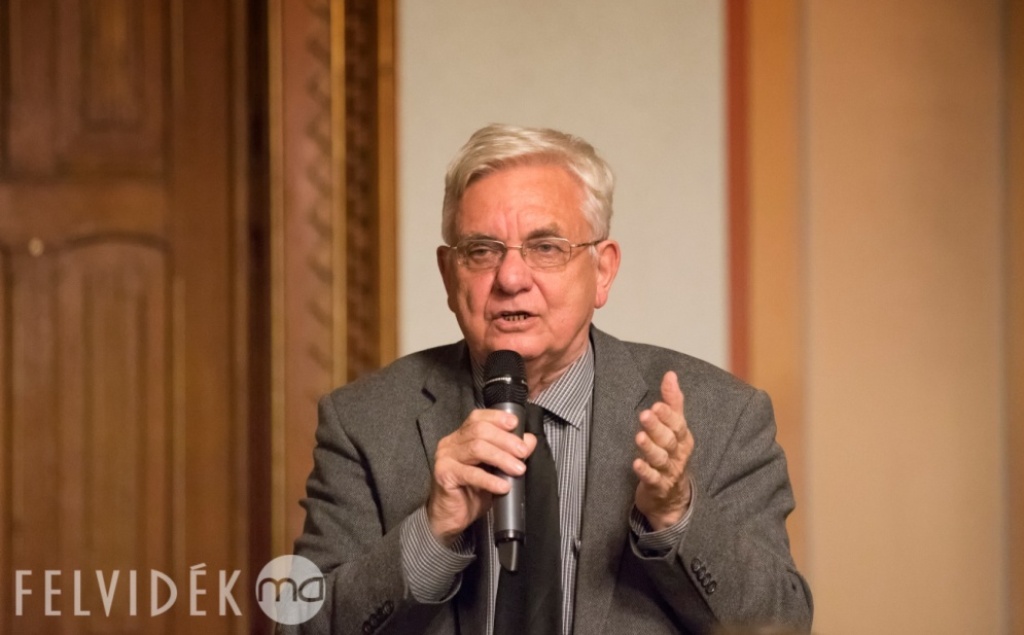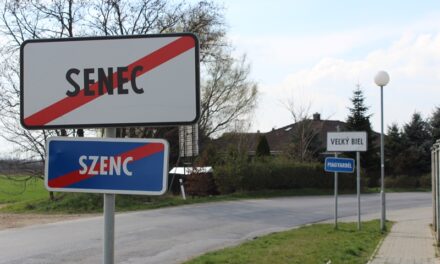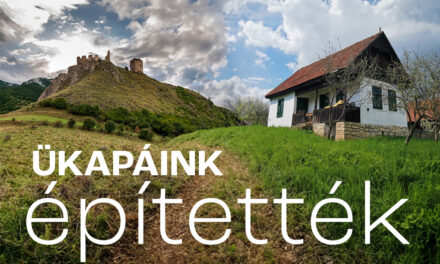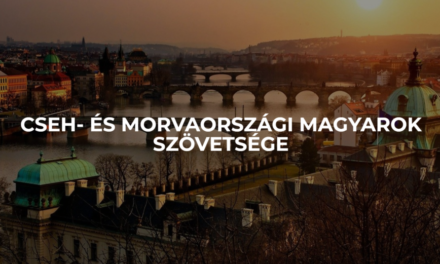We look at the 2nd part of the series of interviews with Miklós Duray by Gábor Tóth, the publicist of sándár.hu.
Duray: The destruction of Hungarian public life in the highlands has been going on since the beginning of the 1970s. The system change in 1989 had three Hungarian preludes in the highlands: One was the Csemadok, which brought together Hungarians of different views, whose unifying force was created by Hungarian social cohesion. Within this framework, or in parallel, the Hungarian club movement organized in the 1960s became a new driving force, which in 1968–69 became a mass organization and a framework for pluralistic thinking. Later, from 1977-1978, the Committee for the Protection of the Rights of the Hungarian Minority in Czechoslovakia was built on this, which created the successfully and effectively functioning framework of the Hungarian national and political resistance in the highlands. But here is the opposite pole, the erasing trend of power that sidelined the followers of the Prague Spring from 1970-71, which negatively affected virtually everyone who participated in the political relaxation process that occurred after 1963, unless they became supporters of the government after 1971. This division appeared in the Hungarian public life in the highlands in the fall of 1989 and continues to this day. Anyone who can lick can be successful, especially if they can't prove community commitment.
Gábor Tóth: Couldn't the reason for the bad election results of the Hungarian parties in the highlands be that the younger generations don't feel important about being Hungarian?
The continuation of my previous sentence could be that yes, this is also possible. But this must be preceded by several negative experiences. Maybe this feeling can play a role, but I don't think it's so much an age issue.
Unfortunately, Hungarian politics in the highlands has split into groups that sometimes don't speak to each other anymore.
This naturally means that Hungarian society and public thinking are also torn apart. That is why the Hungarian parties in Slovakia cannot formulate such language and ideas with which they could address the entire Hungarian community.
This is due to the lack of personal relationships and community ideas. The Hungarians in the highlands do not know those for whom they could cast their vote. When I was a representative, I drove 50,000 to 60,000 kilometers a year in my own car in order to be there at the gatherings of the Hungarian communities, so that I could meet people and listen to them. I sat down with them and we talked for hours. Unfortunately, this does not exist today, although a community dialogue would be necessary.
This does not happen today, which is why every Hungarian political organization in the highlands that they try to build falls apart.
Unfortunately, the Hungarians in the highlands feel that they are left on their own both as individuals and as a small community.
Exceptions are those who derive some financial benefit from Hungarian national politics. With this, I do not want to criticize the Hungarian government, but just describe the unfortunate situation that can be experienced in the Highlands. The situation is complicated by the fact that the cooperation with the Hungarian political organizations in the highlands has become complicated, and the Hungarians are less demanding of the dialogue. All of these together affect the entire Hungarian population of the Highlands.
Gábor Tóth: Would it be important for the Hungarian head of state or prime minister to appear among the Hungarians in the highlands, as it happens every year in Transylvania?
This would definitely be a symbolic gesture, some might even expect it. However, the focus should not really be on whether the Hungarian Prime Minister will appear or not. But on how the organizing organizations can address people. How well can they convince them that they want to represent them fairly and authentically? How well they could represent the Hungarians in Slovakia based on a comprehensive strategy.
Gábor Tóth: He mentioned that the lack of communication is the main problem. Couldn't the Slovak Hungarians be united in the online space?
Unfortunately, we were led to believe that virtual reality and social media interfaces are the solution to everything, although this is not the case. Nor should we believe that just because a lot of things are available on the World Wide Web, this is enough for those addressed to become a functioning community.
The World Wide Web serves individualism and cannot create a true community.
No real dialogue can develop there either. Comment wars tend to tear communities apart in terms of content and language rather than connecting them. The Hungarians in the highlands do not live in such a geographical unit, as, for example, the Szeklers in Székelyföld. Here, the largest blocks of Hungarians are located in Csallóköz, Mátyusföld, Kelet Nógrád, Gömör and the Ung region. Local organizations cannot avoid real community building and assessing the real problems of the people living there and finding answers to them.
Source and full interview: vasarnap.hu
Featured image: velvidek.ma












